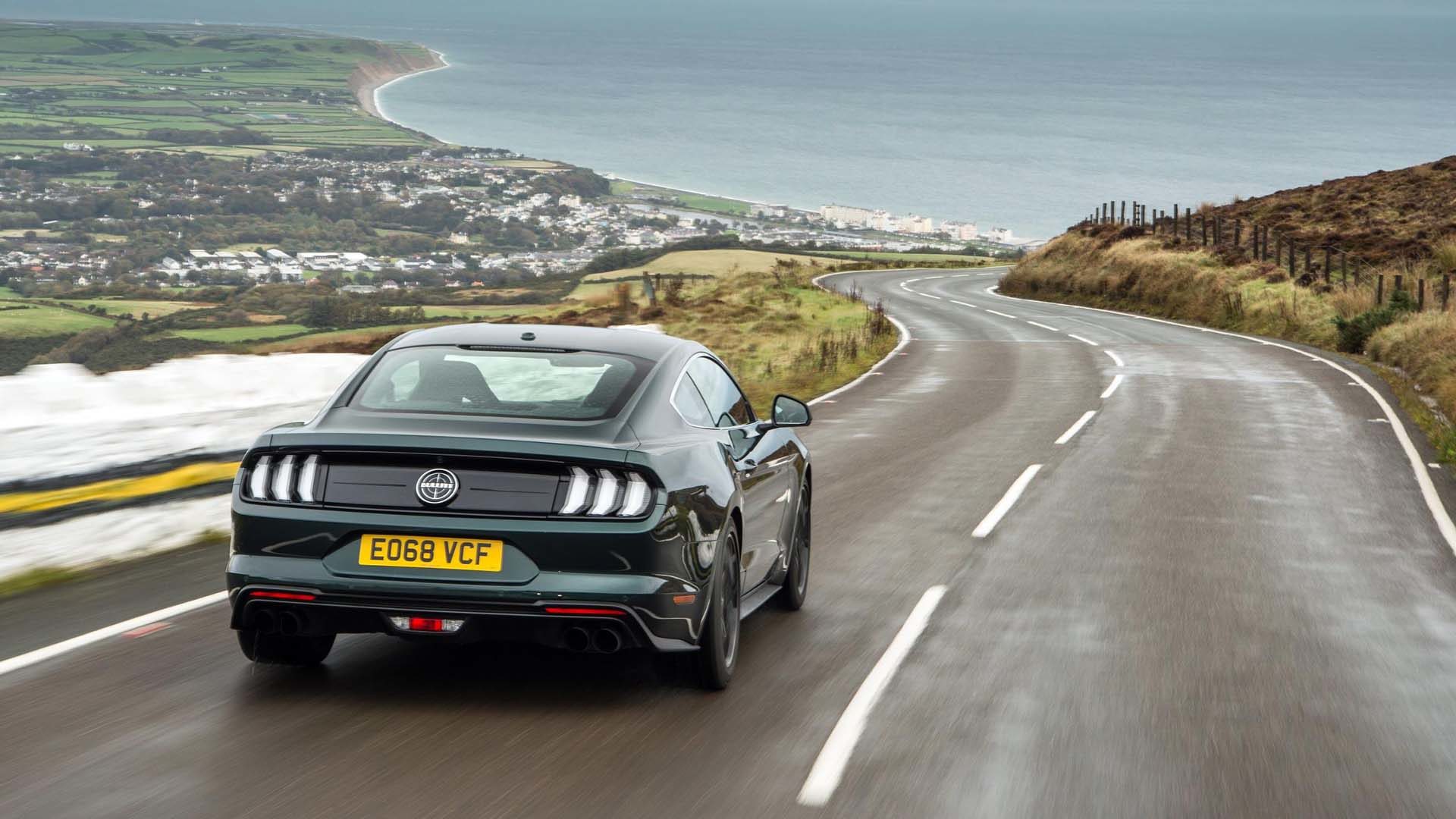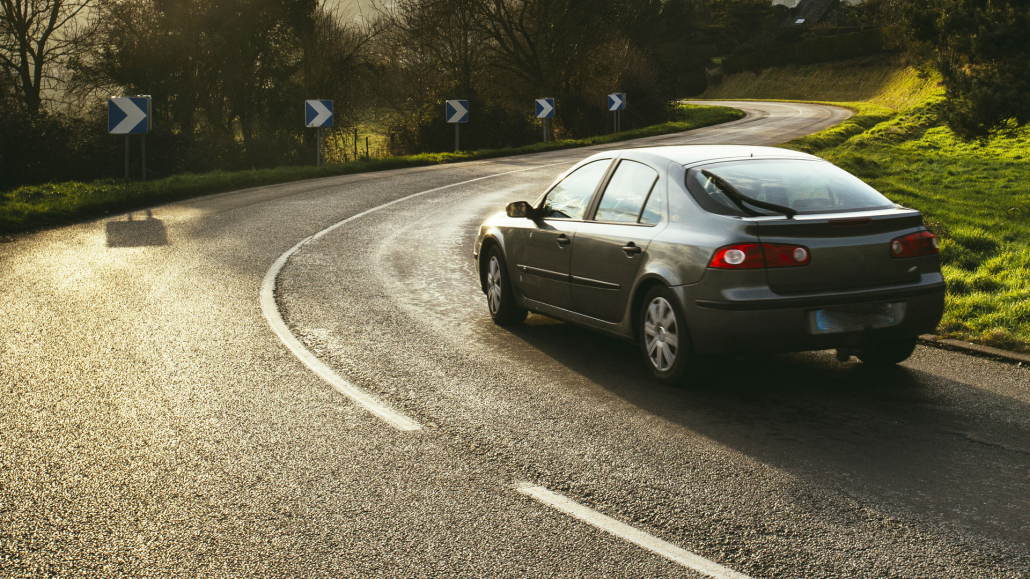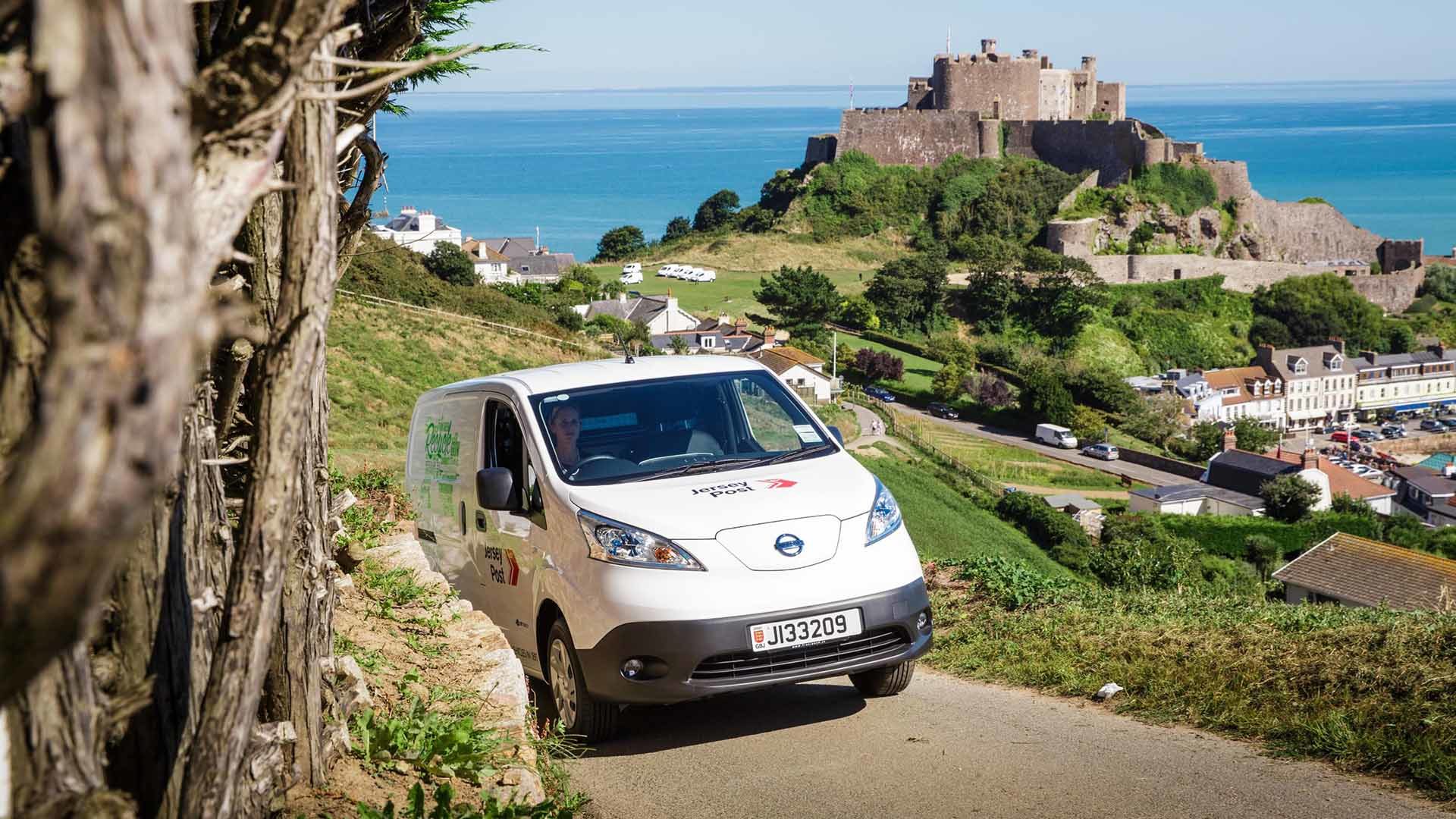
British people have been driving on the left-hand side of the road since the 18th century. The law dates back to 1722, when a ‘keep left’ rule was instated on London Bridge to control the increasing traffic. This became the pattern for all roads in the country.
The Highways Act of 1835 made this law applicable in Britain and its colonies. The legislation states: ‘Drivers of wagons or carts not to ride thereon unless some other person guide them. Drivers causing hurt or damage to others, or quitting the road, or driving carriage without owner’s name, or not keeping the left or near side, or interrupting free passage, if not the owner to forfeit 20s, if he be the owner, 40s.’
The British Empire link is important, as it provides a clue to the identity of the countries that continue to drive on the left. Naming former British colonies and UK Overseas Territories would be a good place to start if a pub quiz asks you to name five countries that drive on the left.
Why do we drive on the left?
The custom is thought to date back to Roman times, when right-handed soldiers would mount a horse from the left to keep their right arm free for combat. More recently, with the advent of horse travel, a horseman would hold the reins with his left hand, using the right hand for friendship or to draw a sword.
In 1998, the remains of a Roman quarry were discovered near Swindon. Ruts in the road are deeper on the right than they are on the left, which suggests that loaded carts used the right side of the road as they left the quarry. Empty carts arrived on the left.
Has the UK considered switching sides?

In 1969, the UK considered switching sides after Sweden successfully switched to driving on the right. The changeover took place on 3 September 1967, on a day known as Högertrafikomläggningen (right-hand traffic diversion).
All but essential traffic was banned from the roads, with some 360,000 street signs switched nationwide. Swedish people tended to buy left-hand-drive cars, so the switch to the right was carried out for safety reasons.
The UK rejected the idea on the grounds of cost and safety. The cost would have been in the region of £264m, around £4bn in today’s money. More recently, the Department for Transport said: “We do not have a policy on this because it’s not something we are interested in at this time.”
Due to its border with Spain, Gibraltar changed to driving on the right in 1929.
Why do Europeans and Americans drive on the right?

When the island of Samoa in the South Pacific switched sides in 2009, it was the first country in decades to order motorists to start driving on the left. A two-day bank holiday was organised to allow islanders to get used to the change, but thousands of people protested against the plan.
“Cars are going to crash, people are going to die, not to mention the huge expense to our small country,” a Samoan lawyer told The Times.
There is evidence of the French driving on the right since the late 18th century, but Napoleon is credited for bringing right-hand traffic to Europe. Nations he conquered, such as Russia, Switzerland and Germany switched from the left to the right. Adolf Hitler did the same in Czechoslovakia and Austria.
The story is less clear in North America, but an English author writing in 1806 is quoted as saying: “In some parts of the United States, it is a custom among the people to drive on the right side of the road”. This suggests that driving on the left was customary in other parts of the country.
Henry Ford played a part. His company changed to left-hand drive in 1908, with a Ford catalogue from that year stating: ‘The control is located on the left side, the logical place, for the following reasons: travelling along the right side of the road the steering wheel on the right side of the car made it necessary to get out on the street side and walk around the car. This is awkward and especially inconvenient if there is a lady to be considered.
‘The control on the left allows you to step out of the car on to the curbing without having had to turn the car around. In the matter of steering with the control on the right, the driver is farthest away from the vehicle he is passing, going in opposite direction; with it on the left side he is able to see even the wheels of the other car and easily avoids danger.’
Which other countries drive on the left?

The following countries, dependencies and territories also drive on the left:
Europe
- Akrotiri and Dhekelia
- Cyprus
- Guernsey
- Ireland
- Isle of Man
- Jersey
- Malta
- United Kingdom
Africa
- Botswana
- Kenya
- Lesotho
- Malawi
- Mauritius
- Mozambique
- Namibia
- Seychelles
- South Africa
- Swaziland
- Tanzania
- Uganda
- Zambia
- Zimbabwe
Asia
- Bangladesh
- Bhutan
- Brunei
- East Timor
- Hong Kong
- Indonesia
- India
- Japan
- Macau
- Malaysia
- Maldives
- Nepal
- Pakistan
- Singapore
- Sri Lanka
- Thailand
Caribbean
- Anguilla
- Antigua and Barbuda
- Bahamas
- Barbados
- British Virgin Islands
- Cayman Islands
- Dominica
- Grenada
- Jamaica
- Montserrat
- Saint Kitts and Nevis
- Saint Lucia
- Saint Vincent and the Grenadines
- Trinidad and Tobago
- Turks and Caicos Islands
- U.S. Virgin Islands
Oceania
- Australia
- Christmas Island
- Cocos (Keeling) Islands
- Cook Islands
- Fiji
- Kiribati
- Nauru
- New Zealand
- Niue
- Norfolk Island
- Papua New Guinea
- Pitcairn Islands
- Solomon Islands
- Samoa
- Tokelau
- Tonga
- Tuvalu
South America
- Guyana
- Suriname
Others
- Bermuda
- Falkland Islands
- Saint Helena, Ascension and Tristan da Cunha
- South Georgia and South Sandwich Islands
ALSO READ:
How to get the best price for your PCP trade-in car